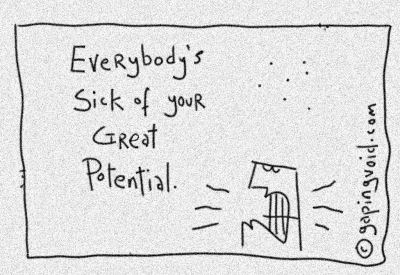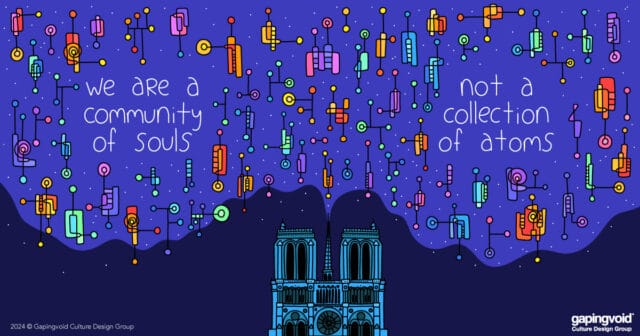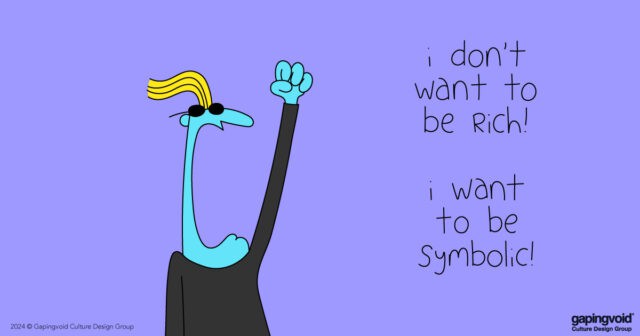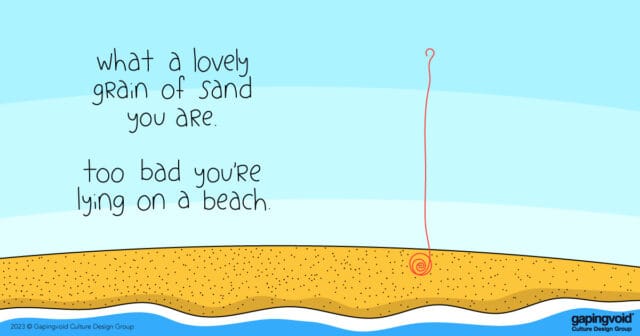
Boing Boing is one of my favorite blogs. It’s also one of the most widely-read blogs in the world, and deservedly so.
So why is it so popular? The most obvious answer, “Great Content” is a no-brainer. Of course it has great content. People wouldn’t read it if it didn’t.
But “Great Content” is only half the story. The other half is just as important, though a little more subtle. And what is that?
Short Answer: “Sociality”.
It’s not just that Boing Boing’s content is fun to READ. It is. It’s also that Boing Boing’s content is fun to SHARE.
“Wow. What a cool article. I think I’ll email it along to my friends at work. Better yet, I think I’ll mention it to my hundreds of Twitter followers. Hell, I’ll even blog about it…”
Boing Boing has a lot of “Sociality” baked-in, i.e. its content makes for great “Social Objects” i.e. their blog posts are great “Sharing Devices”.
We are primates. We are social creatures. We like to socialize. And we socialize around objects. Boing Boing cranks out “social objects” by the ton, that we can effortlessly pass along to our friends.
And that’s where the true value of Boing Boing lies. Will sending your friend, Bob a link to this cool post about Detroit photographers permanently change his life for the better? Probably not.
But giving you something that allows you and Bob to socialize with each other [“Cool post, Dude!!!”] digs deep into what really matters to us primates: Socializing i.e. Sharing ourselves with our fellow species.
And what’s true for blogs like Boing Boing is true for any other product. It’s not what the product does that matters to us so much, it’s how we socialize around it that matters. This is why the iPhone is so successful. Sure, we like having all those cool apps, but being able to talk about and recommend cool apps to our friends [“Cool app as social object”, Exactly!], that’s what we are genetically hardwired to like even more.
Read Mark Earls if you don’t believe me…
[N.B. I didn’t coin the term “Social Object”; it was an idea I was turned onto by the brilliant Jyri Engstrom. Here’s a great video of Jyri speaking about social objects in 2008.]
[Backstory: About Hugh. Twitter. Newsletter. Book.. Interview One. Interview Two. Limited Edition Prints. Private Commissions. Cube Grenades.]



